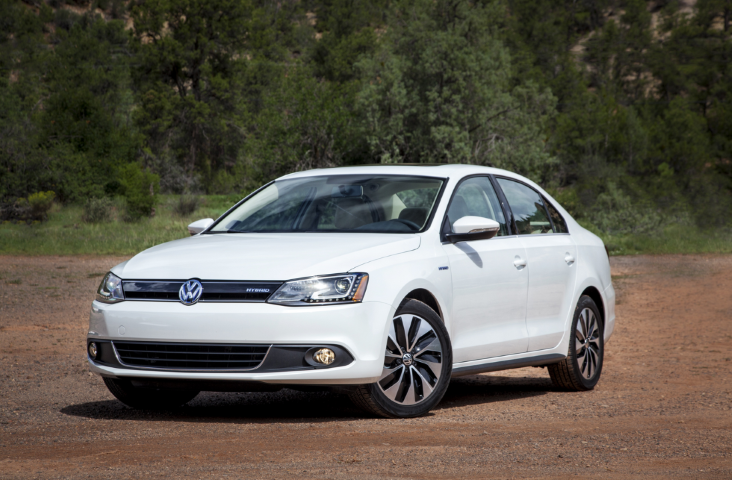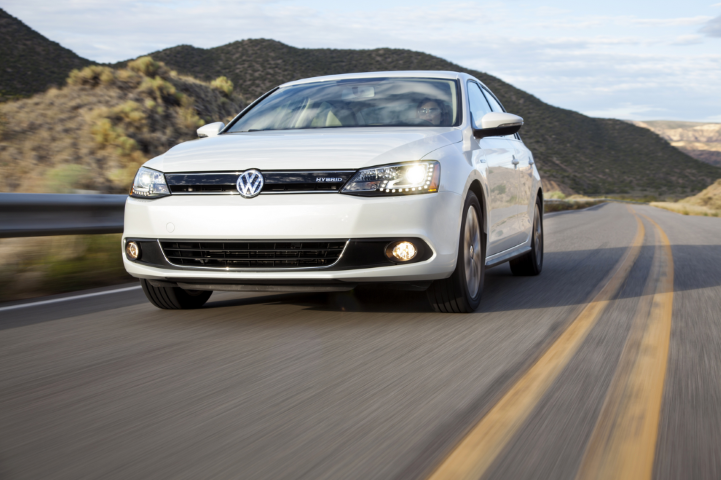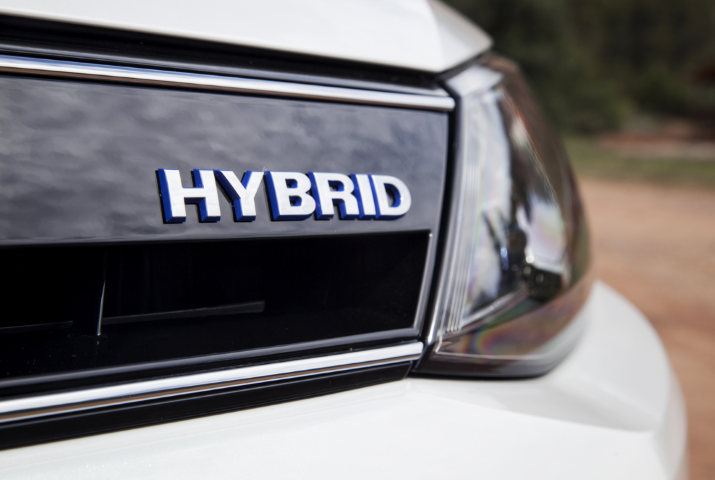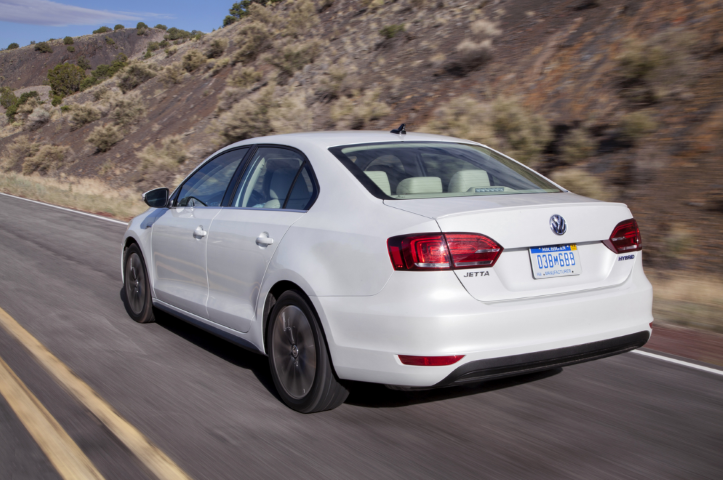Volkswagen Jetta Hybrid – What We Like and Dislike
- Written by Rishi Rajan
- Published in CAR REVIEWS
- font size decrease font size increase font size
- Be the first to comment!

While many cars in the market offer a hybrid variant, the value of a hybrid still isn’t convincing enough to get most people to make the switch. With laggy performance and a 25-40 per cent price premium on most hybrids, most people are better off using the extra money towards gas over the next few years.
So where does the Volkswagen Jetta Hybrid fit into all this? We had a chance to drive it recently, and while consumers can still expect to pay that price premium, the performance behind this machine is much better than its non-hybrid counterparts. Let’s go over the specs of the base model:
• 1.4-litre turbocharged four-cylinder engine
• 184 lb.-ft. of torque
• 27-horsepower electric motor
• seven-speed automatic DSG with Tiptronic
• 15-inch wheels
• six airbags
• Dual-zone climate control
• Aerodynamic body kit
• Priced at $27,895
The vehicle we drove was the Highline version, and came with additional features such as:
• 17-inch alloy wheels
• Bi-xenon headlights with LED daytime running lights and Adaptive Front Lighting System
• Leather seats
• Keyless access with start-stop button
• LED taillights
• Bluetooth
• Fender audio system
• Touchscreen navigation
• Priced at $34,025

Like: Audi-esque styling
The Highline model we test drove was equipped with stylish LED-enriched headlamps with the LED bulbs flowing through the outer halves of each headlight cluster. Assuming the car shares its LED components with those of Audi, expect the same level of quality out of these headlamps. In fact, in the dark, one could easily mistake the Jetta Hybrid for an Audi. At the back, the tail lamps flow with LEDs, but the lighting isn’t as sharp or striking as the Audi.

Like: Performance
As mentioned, most Hybrids tend to struggle in the performance department. The Jetta Hybrid defies that logic with its powerful turbocharged engine, capable of producing 170-hp and 184 lb.-ft. of torque.
The driver has a choice between performance and efficiency with the E-Mode button. With E-Mode button turned on, the car makes an effort to reduce engine use by making the best use of the electric motor. On E-Mode, the 27-hp electric motor was powerful enough to rev up to 30km/h independently, although the acceleration had to be done gently. Pushing the accelerator too hard while accelerating engages the gas motor in order to deliver the level of performance needed.
Although it was efficient, the turbocharged engine and seven-speed DSG transmission were both great at pulling the car along when performance was needed. Expect good acceleration and a 0-100 km/h rating of 7.9 seconds.

Dislike: Base model features
Most hybrids try to justify their high price tag with a good amount of additional features and design cues specific to the vehicle. While this strategy not only helps the price tag make a bit more sense, it also makes the car look more premium in the public eye. The aforementioned LED headlights and taillights unfortunately are only available in the higher trims, making the base model look undesirably similar to the non-hybrid Jetta. On the plus side, the hybrid-exclusive aerodynamic body kit does a good job at making the car look unique.
